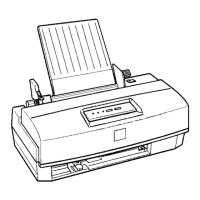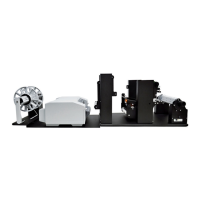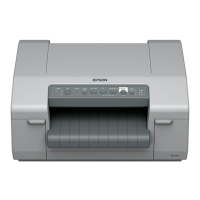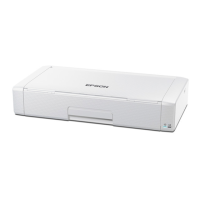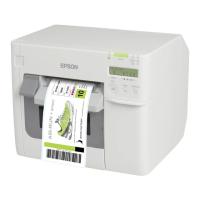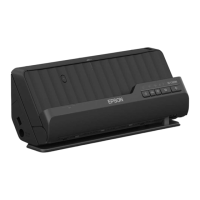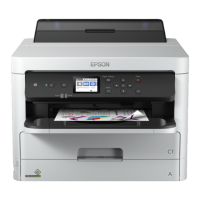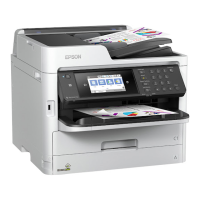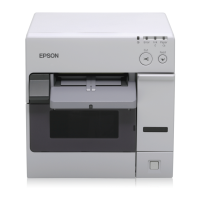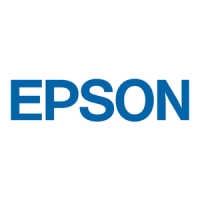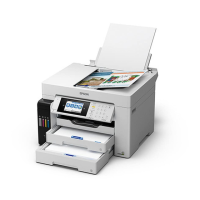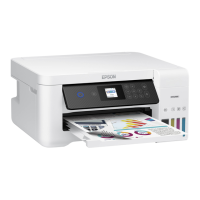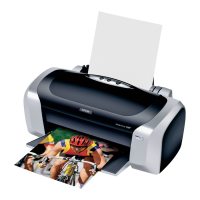What to do if my Epson Printer does not operate at all?
- RrodriguezclaudiaAug 13, 2025
If your Epson printer does not operate at all, it could be due to several reasons: * F1 is open: Replace F1. * T1 is open: Replace T1. * Q1 is broken: Replace Q1. * Q2 or Q3 is broken: Replace Q2 or Q3. * PC1 is broken: Replace PC1. * +5V is dead: Replace IC51.
